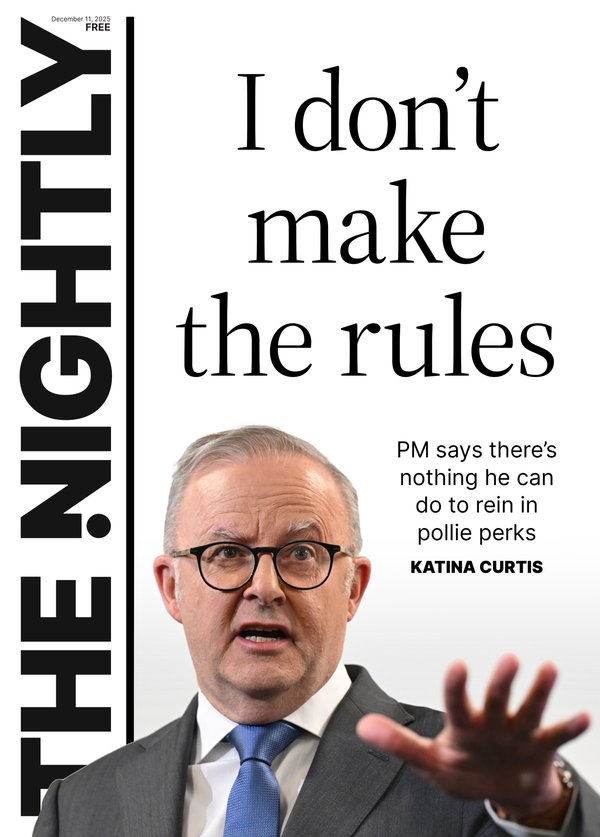Wages grow at 3.4 per cent, in line with expectations

Wages have grown by 3.4 per cent in the year to September, in line with economist and Reserve Bank expectations.
While there was no change in the annual wage price index from the previous quarter, an intervening surge in inflation has eroded the improvement to workers’ incomes in real terms.
Real wages continued to grow for an eighth straight quarter, the Australian Bureau of Statistics report on Wednesday.
Sign up to The Nightly's newsletters.
Get the first look at the digital newspaper, curated daily stories and breaking headlines delivered to your inbox.
By continuing you agree to our Terms and Privacy Policy.But after an inflation-adjusted increase of 1.3 per cent in the June quarter, real wages growth shrank to 0.2 per cent in September as a result of inflation rising to 3.2 per cent.
As expected by the forecasting consensus, wages grew 0.8 per cent in the three months to September 30.
“Annual wage growth remained steady compared to the June quarter 2025 but was slightly lower than this time last year,” said the bureau’s head of prices statistics Michelle Marquardt.
Wages grew faster in the public sector (3.8 per cent) than in the private sector (3.2 per cent), on an annual basis.
The acceleration in public sector wages growth was driven by state governments.
“State government pay rises contributed 82 per cent of public sector wage growth this quarter,” Ms Marquardt said.
The healthcare and social assistance sector outperformed the rest of the market, rising 1.5 per cent over the quarter.
With inflation expected to rise further as government energy rebates come to an end, JP Morgan strategists expect real wages growth to turn negative from the December quarter.
Yet strong growth in property prices will continue to boost consumption as households feel wealthier and spend more.
“As the boost to disposable income from RBA easing, tax cuts and energy subsidies fades, we expect that accumulated household wealth will support consumption expenditure into 2026, partially offsetting the normalisation in real income growth,” said JP Morgan’s Tom Ryan earlier.
Without a pick-up in productivity growth, ongoing strength in wage costs will continue to push up inflation and keep the RBA from cutting interest rates further in 2026, said HSBC chief economist Paul Bloxham.
